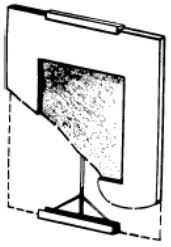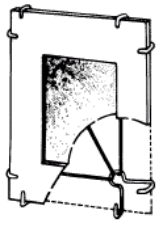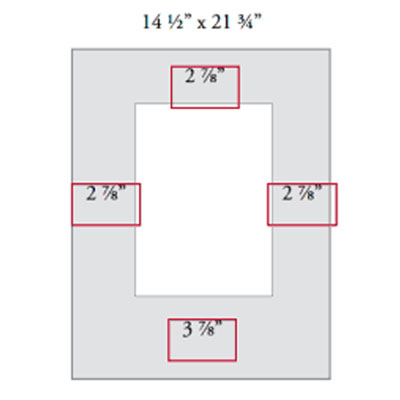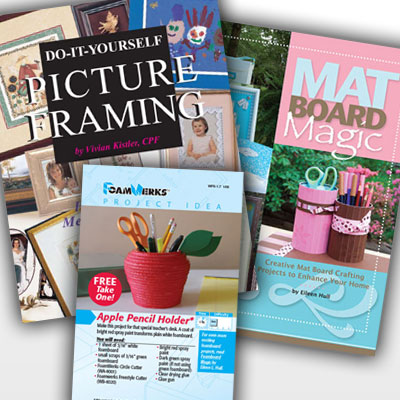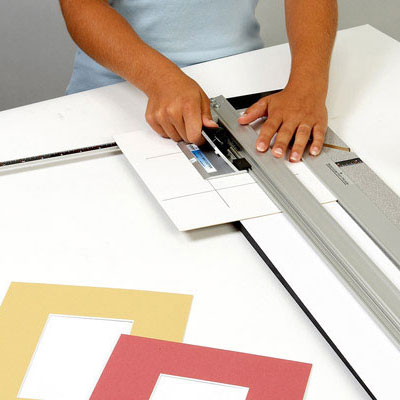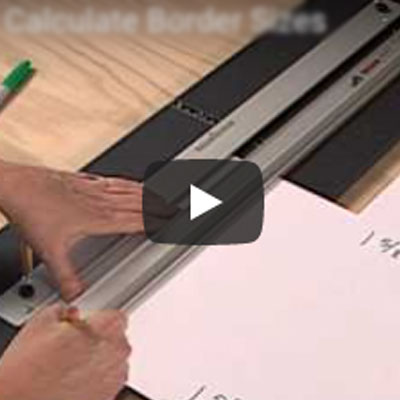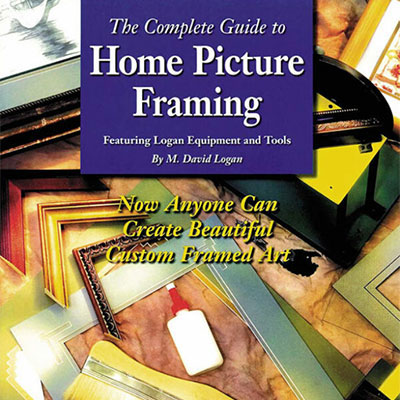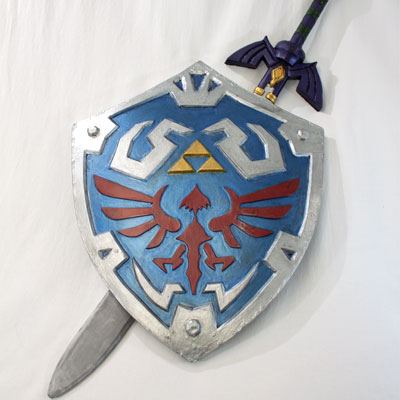FRAMES
Perhaps the easiest way to frame pictures yourself is to use ready-made frames and make mats to fit the frame and the art. Frames are available in a wide variety of shapes, styles, finishes and materials. Frames are sold in art supply, photography, hobby and craft supply stores as well as some department and discount stores, and, of course, in picture framing shops.
When choosing a frame, the style and strength is important. The frame must be strong enough to bear the weight of all the materials it will hold. Glass is heavy, so a large piece of artwork that will be glassed requires a strong frame.
SIZE
The lip and inner sides of the frame, which accommodate the framing materials, is called the "rabbet," and the inside frame measurement is called the "rabbet size." Make sure there is room for all of the layers that are planned. The glass, matboards, artwork, and backing board must fit into the frame without bulging out of the back.
A frame that is said to measure 16"x20'' has a rabbet size of 16-1/8" x 20-1/8". This allows a bit of expansion space for the mats, glass, and other framing materials, which should be cut to 16"x20''.
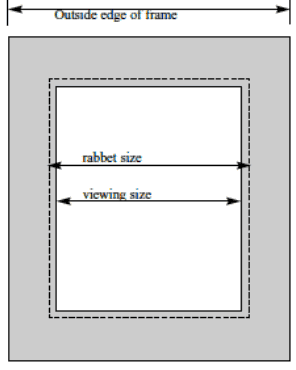
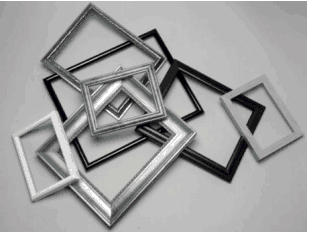
READY MADE FRAMES
Frames are available in standard sizes. They may be made from many types of wood, expanded plastic, molded plastics, composition material or aluminum. There is a wide variety of colors and styles in standard sizes. Ready-made frames may be sold empty or packaged with matting and glass.
A list of the standard sizes found in the art, craft, photography and picture framing industry:
- 4x5 11x14 24x36
- 4x6 12x16 26x32
- 5x7 14x18 30x40
- 6x8 16x20 32x40
- 8x10 18x24 36x48
- 8x12 20x24 40x60
- 8-1/2x11 22x28 48x60
- 9x12 24x30 48x96
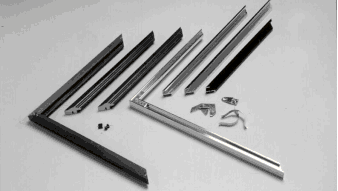
SECTION FRAMES
Section frames are sold in pairs; two pairs make a frame. Several types of wood frames and metal frames are available in sections. The pairs of sections allow endless size options for a custom-made look for each frame project. Each wood frame rail has a section routed out in each corner to hold a plastic wedge that will hold the corners together.
Metal frames are made from extruded aluminum. The typical style is about 3/4" deep, with a narrow, flat front. Typical options are a shiny chrome or brass finish, and perhaps black. The corners are joined with metal Lshaped brackets or plastic inserts. Hangers are normally provided with the hardware.
PHOTO FRAMES
Ready-made "photo frames," which typically come equipped with glass, backing and easel backs typically accommodate only a photograph and perhaps one mat, although some provide room for a double mat.
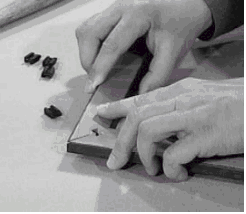
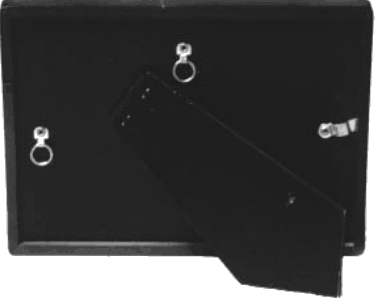
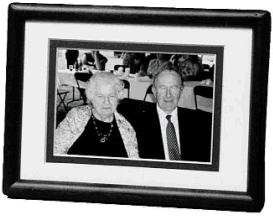
PLASTIC BOX FRAMES
Box frames are made of clear plastic, pre-formed to standard sizes, generally between 5" x 7" and 16" x 20". The box usually consists of two pieces, a cardboard box and a clear plastic "cap" that fits snugly over the cardboard. The snug fit allows for only one mat, at the most. The box usually has holes on the back, for hanging on the head of a nail.
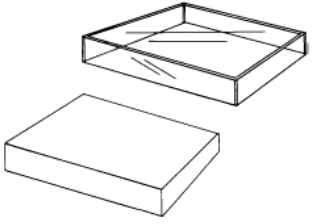
QUICK FRAMES
There are a number of styles of "quick frames," various systems of metal or plastic clips or strips that are either self-contained or joined with a wire or cord. These are not full frames, because they do not enclose the perimeter of the artwork. They simply attach to the artwork at the corners and/or sides, holding the layers (glass, mat, art, backing) together and providing a temporary hanging system. These frames have size limitations. This type of framing is considered temporary because dust, air pollution and moisture can easily invade the framing package.
Most quick frames involve a channel in a clip or strip which must be filled—but not too tightly. If the framing materials do not fill the channel, add more backing board. The sharp edges of the surface glass are exposed in these frames, but the edges can be ground smooth at a glass shop or in the home workshop with an oilstone from the hardware store.
Most quick frames require either glass or backing or both for the necessary rigidity.
